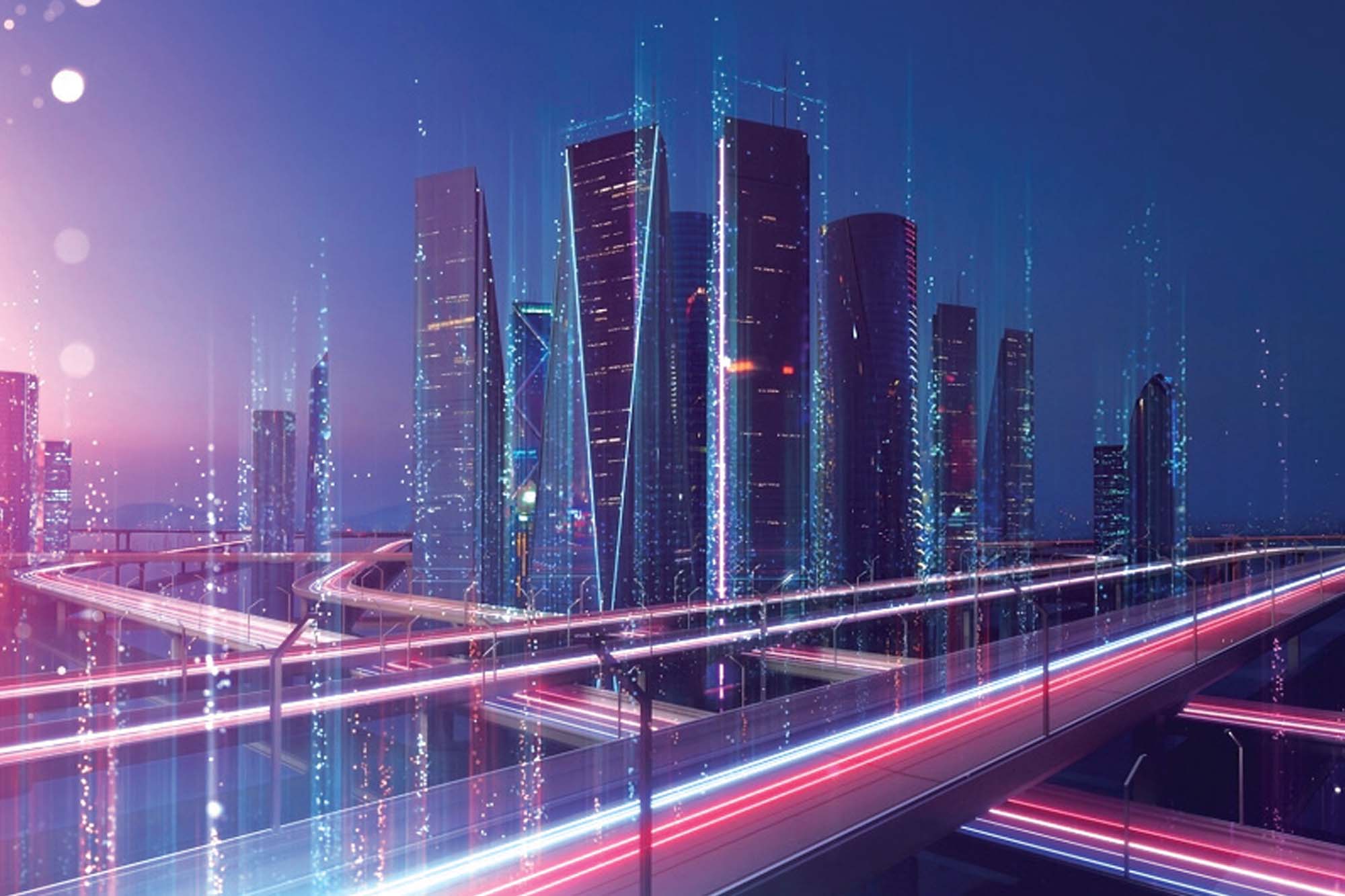In search of smartness

In the intricate design and construction world, combining technology and creativity has resulted in a new era of efficiency and innovation. This feature story delves into the profound impact of automation on architecture, exploring its various facets and the potential it holds for the future.
The connection between architecture and automation may need to be clarified. However, as architectural processes become increasingly systemised and modular, the union between the two becomes evident. While each architectural project may be unique, automation streamlines common design and construction tasks, driving efficiency and change throughout the industry.
Empowering architects with technology
Technology is the driving force behind the evolution of architectural design. From Building Information Modelling (BIM) to generative design, architects are leveraging advanced tools to shape the future of their profession. BIM, in particular, stands out as a game-changer, enabling architects to create comprehensive digital models that streamline the entire construction process, freeing up time to focus on client needs and design innovation.
Forward-thinking design firms are taking automation further by developing custom tools to automate complex and repetitive tasks. These proprietary solutions, often based on creative coding, enhance human-driven processes and efficiency. By automating tasks such as 3D model creation and drawing annotation, designers can respond to design changes swiftly while maintaining flexibility and precision.
Modern architecture, architects from premier institutions in South India play a pivotal role in crafting the landscape of smart buildings. They navigate the complexities of integrating cutting-edge technologies into architectural designs, striking a delicate balance between functionality and aesthetics. From discreetly placing sensors to coordinating control systems, architects ensure that technological advancements enhance the overall design without compromising its visual appeal. Moreover, they prioritise practicality and sustainability, incorporating energy-efficient systems and sustainable materials to minimise environmental impact. Through their expertise and creativity, architects shape the future of architectural design, paving the way for more innovative, efficient, and visually stunning smart buildings.
Ashish Tijare, Director of Intelligible Tech Solutions Private Limited, highlighted in one of Ace’s online interactions “the evolving attitude towards automation in home design. While some may view it as burdensome, architects are leveraging technology to create sleek designs.” Their focus is on achieving economic efficiency, convenience, and security. By integrating automation, homes become visually appealing, energy-efficient and user-friendly.
Further discussion with Shweta Kaw, Principal of Studio Meraki, highlights the transformative impact of technology on architectural practices. She has embraced 3D modelling and project management software, which has streamlined workflows and fuelled creativity. While automation was once limited to interiors and lighting, Kaw observes a shift towards city-scale applications.
Optimising for sustainability
Energy analysis software empowers architects to fine-tune building designs for optimal energy usage, cutting costs and lessening environmental footprints. Through swift iterations and analysis of different design options, architects can craft buildings that diminish energy consumption and elevate the comfort and well-being of occupants. In facility management, automation is paving the way for intelligent buildings that can anticipate and meet the needs of their occupants. Combined with machine learning and the Internet of Things (IoT), automation promises a future where buildings are fully automated, creating a unified user experience while promoting sustainability and cost-effectiveness.
Smart buildings emerge as ideals of innovation, leveraging the power of Internet of Things (IoT) devices and automation technologies to revolutionise how we interact with our built environment. These marvels of modern engineering are adorned with sensors meticulously installed throughout the structure to gather real-time data on various parameters such as temperature, humidity, occupancy, lighting intensity, air quality, and energy usage. This wealth of information fuels the building management system (BMS), enabling it to optimise resource utilisation, modify environmental conditions, and promptly respond to the ever-changing needs of its occupants.
At the core of smart building design lies the noble pursuit of energy efficiency and sustainability. BMS systems can meticulously fine-tune HVAC operations, lighting controls, and equipment schedules to minimise energy consumption and carbon emissions by harnessing the insights gleaned from IoT sensors. Moreover, the integration of building automation systems with smart grids, energy storage technologies, and renewable energy sources further amplifies the drive towards a greener, more sustainable future.
Smart automation for elevators
Smart automation for elevators involves integrating advanced technologies such as destination dispatch systems, predictive maintenance, energy efficiency measures, remote monitoring and control, biometric access control, voice and gesture control, emergency response systems, personalised user experiences, integration with building systems, and virtual reality simulations to enhance efficiency, safety, and user experience. The digital revolution in elevator technology has propelled advancements like smart elevators and machine room-less (MRL) systems, exemplified by TK Elevator’s TWIN and AGILE Destination Selection Control (DSC). TK Elevator’s “MAX” uses IoT technology to predict maintenance issues, while MRL elevators offer up to 80 percent energy savings. Manish Mehan, CEO & MD of TK Elevator India, states, “With a focus on sustainability, green elevators and regenerative systems aim to optimise energy usage and reduce environmental impact.” As the industry continues innovating, elevators are poised for a more sustainable and efficient future, meeting user expectations and sustainability goals.
In a recent interaction with Amit Gossain, Managing Director of KONE Elevator, highlights the increasing demand for comprehensive lift replacements, especially with KONE’s acclaimed 24/7 connected service. As the elevator sector expands, KONE prioritises customer care, offering essential installation and maintenance services. Gossain expresses enthusiasm for the industry’s growth, enabling the introduction of customer-centric technologies. This emphasis on smart automation and advanced technology reflects KONE’s commitment to meeting evolving customer needs and driving innovation in the elevator industry.
11
Cookie Consent
We use cookies to personalize your experience. By continuing to visit this website you agree to our Terms & Conditions, Privacy Policy and Cookie Policy.







